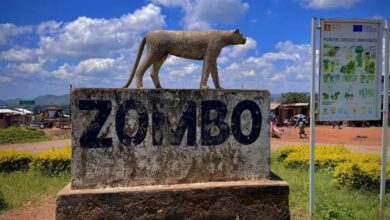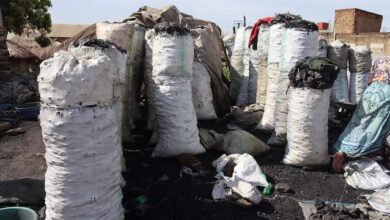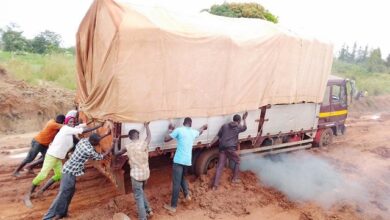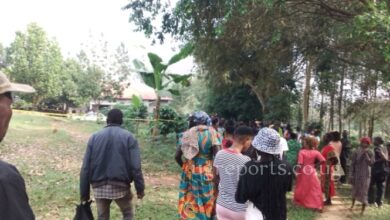Banana disease ravages crop fields in Zombo
To curb the spread, experts recommend removing and burning infected plants, avoiding the exchange of planting materials, and intensifying farmer sensitization.
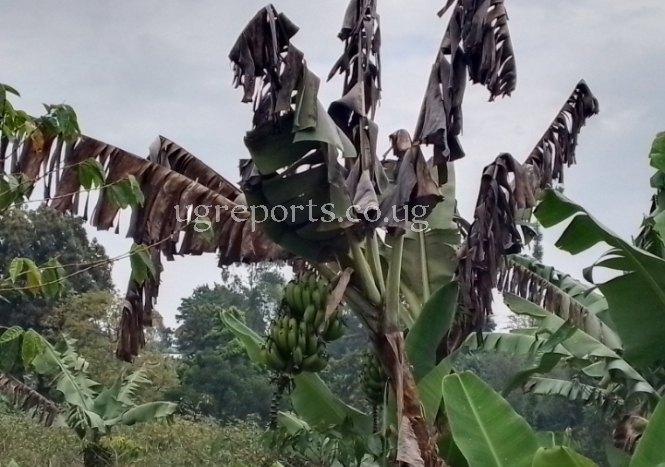
Zombo: Leaders in Zombo District are alarmed by the rapid spread of banana bunchy top virus (BBTV), which continues to devastate banana crop fields across the region.
The disease, regarded as one of the most destructive viral threats to bananas, has caused significant losses for farmers, with approximately 5% of banana gardens already destroyed, according to recent assessments.
Jane Evelyne Othora, Chairperson of the Production Committee in Zombo District, has called for urgent intervention from Uganda’s Ministry of Agriculture. She stressed that local efforts to combat the disease have been ineffective and emphasized the need for cross-border collaboration with the Democratic Republic of Congo (DRC), where the disease is believed to have originated.
“The disease has reached an economic threshold requiring ministry-level action. DR Congo authorities should also be notified to implement rapid control measures,” Othora stated.
The disease spreads through infected banana plants, predominantly smuggled from DRC, and is transmitted by banana aphids (Pentalonia nigronervosa). Farmers, especially in rural areas, are struggling to contain the outbreak.
Binen David Arua, District Councilor of Jangokoro Sub-County, highlighted the plight of local farmers. “They are helpless and cannot tackle the disease on their own. Their crops are getting destroyed, and government intervention is critical,” he appealed.
Since the outbreak began in 2022, the virus has spread to key banana-growing areas, including Nyapea, Abanga, Jangokoro, Paidha, Atyak, Kango, and others.
Zombo District, home to over 300,000 residents, relies heavily on bananas as a staple food and source of income. With banana plantations ravaged, the impact on food security and livelihoods is severe.
BBTV causes characteristic symptoms such as dark green streaks resembling Morse code patterns on the underside of leaves. Infected plants rarely produce fruit, and any fruit produced is deformed and unmarketable.
To curb the spread, experts recommend removing and burning infected plants, avoiding the exchange of planting materials, and intensifying farmer sensitization.
Dr. Joab Tugume, a senior agriculturalist at the Ministry of Agriculture, advised, “Farmers should regularly inspect their gardens and destroy affected suckers to control aphids, the primary vectors.”
Gorge Mahogo, a plant pathologist with the International Institute of Tropical Agriculture, echoed similar advice, emphasizing the importance of eradicating infected plants.
Zombo District agriculture officer Patrick Anenuiu revealed that surveillance of the disease began in 2021. While awareness and preemptive measures have been initiated, the disease remains rampant due to hidden, infected gardens and insufficient farmer knowledge.
Urgent government support, combined with cross-border efforts and local community action, is needed to halt the spread of BBTV and save the livelihoods of thousands of affected farmers.
Do you have an advertisement or article you want to publish? Mail us at theugreports@gmail.com or WhatsApp +256394700683.


